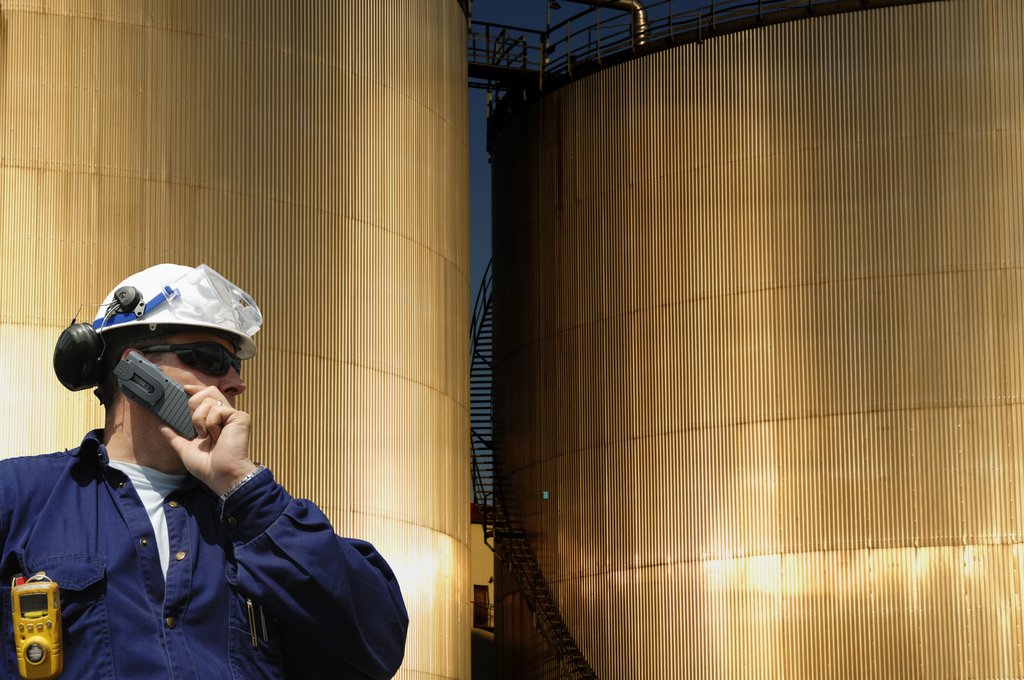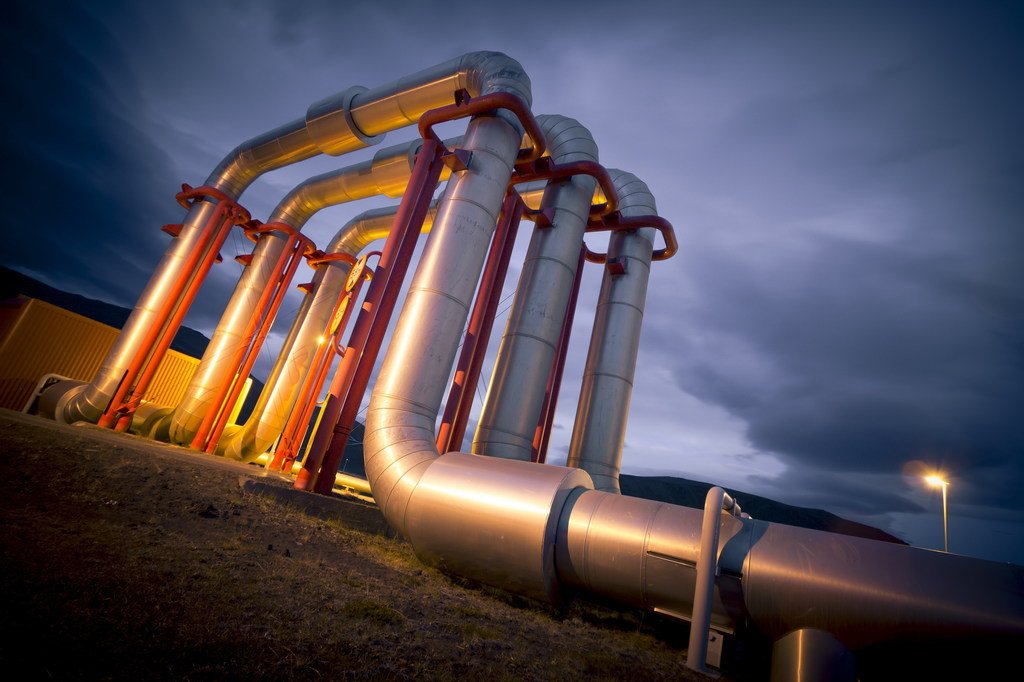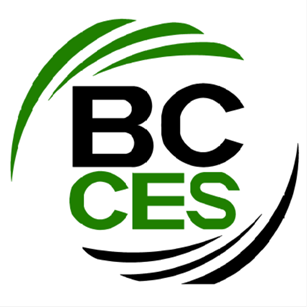Engineering & Design
Black Cat Consulting & Engineering Services W.L.L. (BCCES) was established in Qatar in March 2013 on the platform of the Engineering Department of Black Cat Engineering & Construction W.L.L.
Black Cat offers expertise in oil and gas
engineering works, for upstream, midstream, and
downstream onshore facilities. This also includes
but is not limited to oil production well head
facilities, flow lines, degassing stations, cross
country pipelines, gas recovery systems, relief and
flare systems, utilities, compressor stations, 3
phase separation, distillation columns, refinery and
water treatment plants.
Black Cat has extensive experience in Green Field,
and Brown Field based engineering works.
Expertise also extends to Brown Field expansions,
Automation Upgrades, and upgrades of other
complex facilities.
Incredible Engineers

Range of Services

The Basis

Key Success

Incredible Engineers
Our incredible engineers embody strong relevant experience in all area including practical aspects related to Constructability, Commissioning, and their subsequent operation.
Range of Services
Black Cat offers a range of services from Engineering Consultancy, Feasibility, Frond End Design (FEED) Studies, Detailed Design and Engineering (DOE) with disciplines including Civil, Structural, Mechanical (Static/ rotating) Technical drawings and specification preparation, piping/ pipelines, and controls, electrical and instrumentation.
The Basis
The basis on which BCCES works is that all our engineers must have experience not only in design of these facilities, but in the practical aspects related to constructability, commissioning, and their subsequent operation.
Key Success
The key success observed is that design of a system must not only cater for the design intent or throughput of the facility, but to the practical startup, operational, and maintainability aspects of the system.
Process
Process Engineering is a vital key element to our business and various deliverables are prepared to our client by International Standards, including but not limited to:
- Process flow diagrams
- Mass balance
- Steady-state simulations
- Transient (dynamic) simulations
- Surge analysis
- Study reports
- Equipment sizing (pumps, compressors, static equipment, pressure vessels, separators, etc.)
- Line sizing
- Process & instrumentation diagrams
- Control shutdown and safeguarding philosophies
- Process cause & effects
- Utility calculation reports
- Equipment datasheets
- Instrument datasheets
Mechanical
Our Mechanical Engineering department handles the rotating/static equipment for the facilities, including but not limited to:
- Pumps
- Compressors
- Storage tanks
- Pressure vessels
- Separators
- Lifting equipment
- Pig launchers/receivers
This department is capable of specifying the equipment specifications and datasheets for all the above equipment, as well as providing the related vendor document review & approvals. In addition, this department is capable of detailed engineering for static equipment design using PVELITE software for pressure vessel equipment according to relevant ASME section codes.
Typical deliverables include:
- Equipment specifications
- Equipment datasheets
- Nozzle orientation
- Calculation reports
- Fabrication drawings for equipment
- Vendor selection reports
Piping
This department deals primarily with piping systems in accordance with client specifications, and ASME B31.1, and B31.3 codes. It is capable of specifying piping component classes and overall lay-outing, piping engineering, isometrics, and MTO. The capability of 2D and 3D design is available for the piping as well as 2D AutoCAD and 3D Cad Works.
This department also performs the stress analysis and pipe support designs for the piping systems.
Typical deliverables include:
- Piping material classes
- Wall thickness calculations
- Piping design basis
- Specifications for materials (pipes, fittings, flanges, valves, etc.)
- Datasheets for specialty materials
- Specifications for valve interlock systems
- Specification for pipe supports
- Tie-in schedules
- Special piping index
- Piping stress analysis (static/dynamic) using CAESAR II, version 5.3
- Plot plan
- Piping demolition key plan
- Equipment layout
- Piping GA
- Piping sections and supports details
- Pipe support schedule
- Piping MTO
Pipelines
This department is independent of the Piping department, although some of the resources are shared. The expertise is Cross Country Pipelines (Liquid & Gas) in several material types including carbon steel, exotic materials, and the plastics family GRP, GRE, and GRV in accordance with client specifications and ASME B31.4, and B31.8 codes.
Mainly crude oil, fuel gas, desalinated water, or potable water network pipelines are the common applications we are exposed to.
This department covers the A to Z for the pipelines including material specifications, wall thickness calculations, stress analysis, all the way to alignment sheets for construction purposes.
Typical deliverables include:
- Pipeline design basis & crossing design reports
- Material specifications
- Wall thickness calculations
- Typical crossing details
- Expansion loop design details
- Pipeline sleeper details
- Typical burial details
- Pipeline anchor details
- Pipeline alignment sheets
- Pipeline station approach drawings
- Pipeline crossing matrix
- Pipeline route drawings
- Pipeline elevated support details
- Pipeline stress analysis (static/dynamic).
- Pipeline construction specifications
- Pipeline commissioning specifications
- Baseline survey specifications
- Field engineering support
- Pipeline stress analysis using CAESAR II, version 5.3
Civil / Structural
This department caters for all associated civil works related to facilities engineered for the Oil & Gas sector which include the pipe supports, pipeline supports, equipment buildings, shelters, substations, control rooms, roads, drainage, fencing, and similar.
STAAD Pro and Foundation 3D programs are the software’s commonly used.
Typical deliverables include:
- Material specifications, concrete, steel works, roads
- Roads layouts
- Road traffic sign layouts
- Foundations details for pipe supports
- Foundations details for equipment
- Foundation calculations (including Dynamic Rotating Eqpt)
- Highway crossings details
- Structural details for pipe support
- Structural details for pipe bridges, and pipe racks
- Structural details for equipment shelter warehouses
- Architectural details for buildings
- Sections and elevations for buildings
- RC details for buildings foundations, roof & floor slabs
- RC details for cable trenches
- Schedules of finishes for buildings
- Layout for drainage
- Drainage calculations
- Concrete culverts
Building Services
This department caters to internal works for substation buildings, control room buildings, and similar industrial buildings for Oil & Gas facilities.
Typical deliverables include:
- HVAC calculations
- HVAC ducting layouts
- HVAC D&ID’s
- HVAC equipment specifications
- Indoor lighting calculations
- Lighting layouts
- Ceiling reflectance plans
- Small power layouts
- Specifications for lighting & small power fixtures
- Potable water piping network
- Drainage piping network
- Equipment sizing calculations
- Material specifications
Instrumentation & Controls
This is an essential department as all Oil & Gas facilities are controlled via electronic instrumented systems. High reliability is required in this sector to ensure high safety and availability of the systems.
Typical deliverables include:
- Instrument specifications
- Design basis & control narratives
- System specifications (DCS, ESD, F&G, BMS, etc.)
- System I/O schedules
- Instrument datasheets
- Instrument cable block diagram
- Instrument schedule
- Cable schedule
- JB schedule
- Alarm & trip schedule
- Instrument mounting details
- Process & pneumatic tubing details
- Instrument / JB location layout
- Instrument earthing diagram
- Instrument cable routing layout outdoor
- Instrument cable routing layout indoor
- Equipment / control room layouts
- Instrumentation termination drawings
- Loop drawings
- E & I interface drawings
Electrical
This fully-fledged department takes care of all electrical engineering requirements for the Oil & Gas facilities. Power is a major requirement in such facilities, with a high emphasis on good engineering practices. Loss of power means loss of production; therefore, high availability and reliable systems must be in place.
Typical deliverables include:
- Electrical design basis
- Equipment sizing & specifications (Switchgear, Transformers, Generators, RMU’s, etc.)
- Equipment datasheets
- Electrical load list
- UPS sizing calculation
- Cable sizing calculations
- Cable routing layout
- Demolition layout
- Earthing layout
- Lighting calculations
- Outdoor lighting layout
- Electrical cable block diagram
- Electrical cable schedule
- Electrical field equipment layout
- Electrical building equipment layout
- Typical installation details
- Key Single Line Diagram (SLD)
- Single line diagrams
- Protection & metering schematics
- Relay co-ordination study reports.
- Electrical System Modeling (CYME)
- Substation Control System (SCS) specifications
- I/O Schedule for SCS
- E&I Interface diagrams
Loss Prevention
Safety Systems are essential to any Oil & Gas facility. With safety as our first priority, it is important to have a strong handle on these safeguarding systems. This discipline includes fire & gas, active fire protection (firewater, foam, etc.), passive fire protection, hazardous area classifications, and others.
Typical deliverables include:
- Specifications for F&G equipment
- Specifications for firefighting equipment (active / passive)
- Firewater demand calculations
- Firewater P&Ids
- Firewater equipment layout
- Firewater piping GA’s
- Firewater piping ISO’s
- Datasheets for F&G equipment
- Datasheets for firefighting equipment
- F&G schedule
- F&G cable block diagram
- F&G instrument cable schedule
- I/O schedules F&G system
- F&G detector layout outdoor/indoor
- F&G cause & effect chart
- Loop drawings (F&G)
- Source of release table for hazardous area classification
- Hazardous area classification layout
- Flare radiation / noise calculations
Telecommunications
This discipline complements the Instrumentation & Controls department and takes care of cabling infrastructure for both voice & data communications in these facilities.
Typical deliverables include:
- Telecom network conceptual diagram
- Telecommunication specifications
- Telecommunication equipment schedule
- Telecom system fiber cable network
- Telecom network interface diagram
- Specification for fiber optic cables and datasheet
- Fiber optic cable route plan
- Fiber cable installation detail
- Typical installation details telecommunications
- Optical power budget calculations
- Tributary allocation plan
- Channel allocation plan
- IP address assignment plant
- Interconnection diagrams
- Vendor equipment datasheets
- Telecommunication layouts voice/data
Specialist Studies
BCCES has partnered with consultants who are deputed to perform specialist studies for clients as required by the project. In some cases, the expertise is also partly available in house depending on the scope and the specific requirements.
- Hazard and Operate-ability Study (HAZOP)
- Hazard Identification Study (HAZID)
- Safety Integrity Level Study (SIL)
- Qualitative Risk Assessments (QRA)
- Environmental Impact Risk Assessment
























